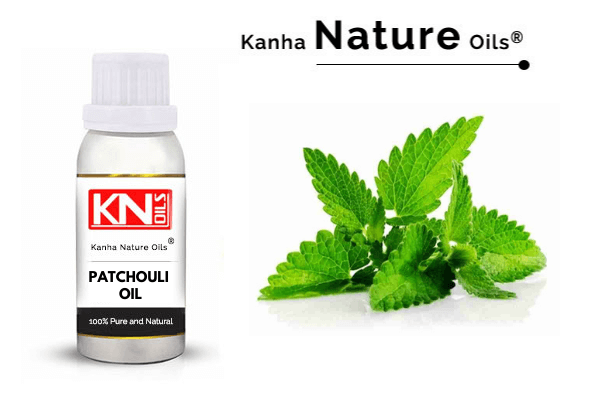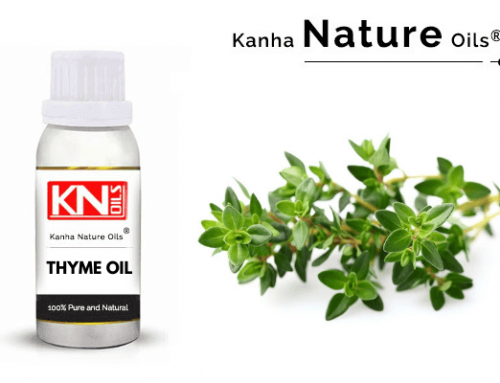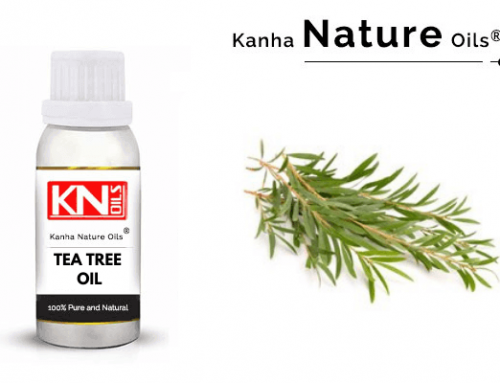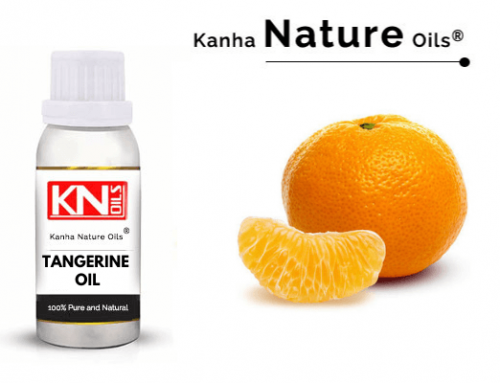PATCHOULI OIL

- Botanical Name: Pogostemon cablin
- CAS No.: 8014-09-3
- EC No.: 282-493-4
- FEMA No.: 2838
- Flash Point (°C):88
- Refractive Index: 1.5060 to 1.5140 at 20°C
- Specific gravity: 0.9520 to 0.9760 at 25 °C
- Optical Rotation (°): −45 to -65
- Color:Light yellow to deep amber or brown
- Solubility: Soluble in alcohol & oils and insoluble in water
Description:
Patchouli is native to tropical regions of Asia and extensively cultivated in tropical regions such as Brazil, Hawaii, South America, Caribbean, and Asian regions like India, Malaysia, Mauritius, China, Japan Maldives, Cambodia, Myanmar, Philippines, Thailand, Vietnam, and Indonesia.
There are three species of Patchouli namely: Pogostemon Heyneanus, Pogostemon Hortensis, Pogostemon cablin. Commercially Pogostemon cablin species is cultivated for essential oil.
Extraction of patchouli essential oil is by steam distillation of the dried leaves and the essential oil yield is from 2.0 to 3.5%. The main constituents of Patchouli Essential Oil are Patchoulol, α-Patchoulene, β-Patchoulene, α-Bulnesene, α-Guaiene, Caryophyllene, Norpatchoulenol, Seychellene, and Pogostol.
This oil does not oxidize and deteriorate over time, on the other hand, it improves with age. The oil is useful for soaps, cosmetics, massage, aromatherapy, and home care products. The oil of patchouli is extensively used in the perfumery industry and for the treatment of dandruff, oily scalp, as well as skin irritations like dryness, acne, and eczema.
Cultivation and Harvesting:
Patchouli requires well-drained, fertile, slightly acidic (pH 6 to 7.5), rich in humus, nutrients, and deep loamy soil. The field is irrigated immediately after transplantation and always maintain sufficient moisture for the survival of the crop. Fertilizers and micronutrients are required to obtain the optimum yield of the oil. The first crop will be ready for harvesting within 3 to 4 months after transplanting. Subsequent harvests can be taken after every 3 to 4 months, depending upon the soil fertility, climate, and agro technological management practices. Properly drying the harvested crop for 2 to 3 days in the shade is essential to reduce the moisture content and to develop a characteristic patchouli aroma.
Odor profile:
Earthy and woody
Major Constituents:
Patchoulol, α-Bulnesene, α-Guaiene, Seychellen, Gamma-Patchoulene, a-Patchoulene, Camphene, Caryophyllene, Caryophyllene oxide, Elemene, Farnesol, Phellandrene, Limonene, Eucalyptol and Elemol.
Application:
~ Patchouli essential oil can be applied in case of Dermatitis, Acne, Athlete’s Foot, Chapped Skin, Eczema, Fatigue, Frigidity, Hair Care, Insect Repellent, Stress because of its anti-inflammatory, antidepressant, antiphlogistic, antiseptic, astringent, cicatrisant, cytophylactic, deodorant, diuretic, febrifuge, fungicide and sedative properties.
Aromatherapy:
In aromatherapy, the oil can be used through inhalation, diffusion, and massage for the treatment of various ailments.
WHY SHOULD YOU ASK
our latest catalog
We just want our customers to see how our industry prices are simple & best fit for them. For this you need to be updated from our side on daily basis. Ask our updated latest catalog with latest pricing. One more thing! our three fundamentals never change. We are committed with best price, purity & inhouse variety manufacturing. Want to know what they are? Find it here.




